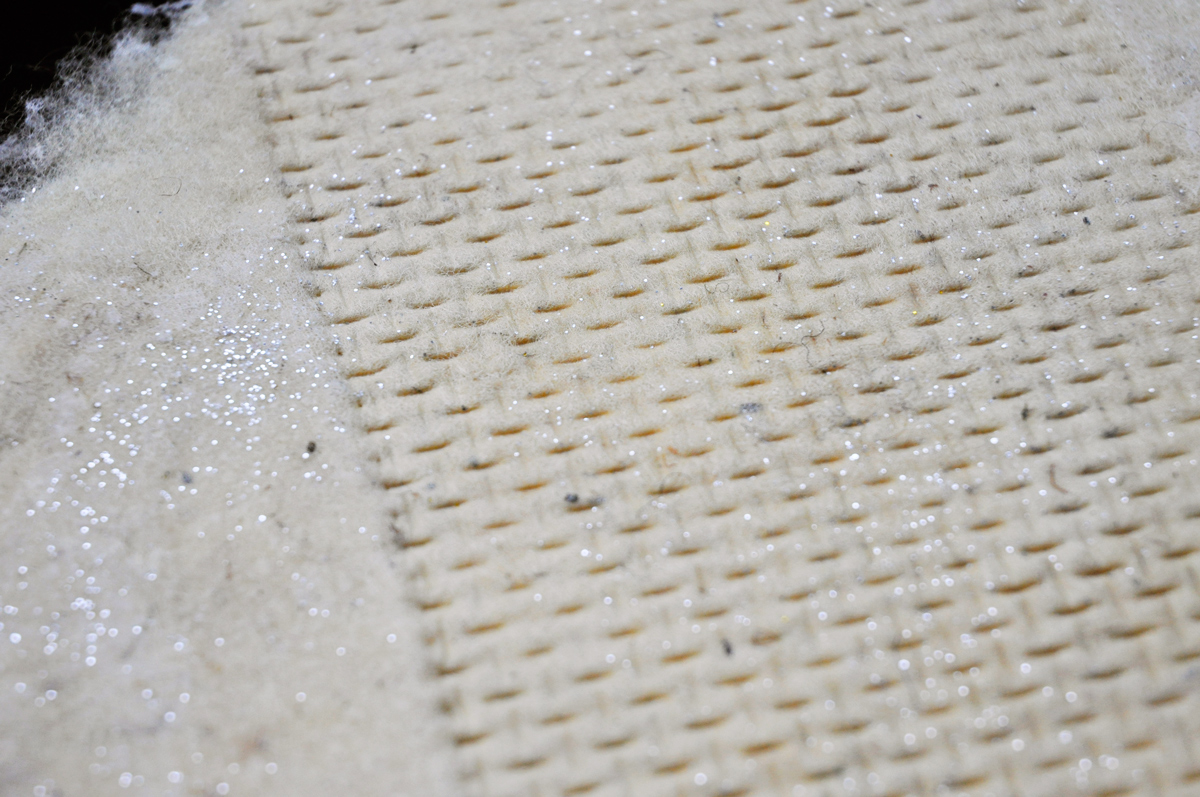Wool Carpathians. Material.
Wool Carpathians is a series of materials created from wool sourced in Upper Silesia. This project emerged from the "Wool Design, Carpathians" workshop series, an initiative of the Cieszyn Castle, a Silesian cultural institution. These workshops explore the region's rich tradition of wool production. By collaborating with designers, the project aims to revitalise and support traditional wool-related crafts and professions, recognising the Carpathians' long history of shepherding and wool processing—a heritage now at risk of being lost.
![]()





This research has led to the development of a unique material, created in partnership with the Department of Wood Processing at the Warsaw University of Life Sciences (SGGW). This material offers a solution for wool that is currently considered unusable. The wool's non-standard properties are a consequence of sheep breeding practices common during the Communist period in the Eastern Bloc, resulting in its widespread disposal by burning, even locally.
To process this non-standardised wool, I focused on techniques that utilise its inherent properties and turn its imperfections into advantages. The resulting material is flexible, can be cut and stitched, and transmits light. The natural defects create unique patterns within the material. By adding other ingredients like goat hair, glitter, or fenugreek, I've demonstrated the material's versatility. It can also be varied in thickness and structure, and it retains wool's natural sound-absorbing qualities.
To process this non-standardised wool, I focused on techniques that utilise its inherent properties and turn its imperfections into advantages. The resulting material is flexible, can be cut and stitched, and transmits light. The natural defects create unique patterns within the material. By adding other ingredients like goat hair, glitter, or fenugreek, I've demonstrated the material's versatility. It can also be varied in thickness and structure, and it retains wool's natural sound-absorbing qualities.










